Late last year saw the re-emergence of a nasty phishing tactic that allows the attacker to gain full access to a user’s data stored in the cloud without actually stealing the account password. The phishing lure starts with a link that leads to the real login page for a cloud email and/or file storage service. Anyone who takes the bait will inadvertently forward a digital token to the attackers that gives them indefinite access to the victim’s email, files and contacts — even after the victim has changed their password.
Before delving into the details, it’s important to note two things. First, while the most recent versions of this stealthy phish targeted corporate users of Microsoft’s Office 365 service, the same approach could be leveraged to ensnare users of many other cloud providers. Second, this attack is not exactly new: In 2017, for instance, phishers used a similar technique to plunder accounts at Google’s Gmail service.
Still, this phishing tactic is worth highlighting because recent examples of it received relatively little press coverage. Also, the resulting compromise is quite persistent and sidesteps two-factor authentication, and it seems likely we will see this approach exploited more frequently in the future.
In early December, security experts at PhishLabs detailed a sophisticated phishing scheme targeting Office 365 users that used a malicious link which took people who clicked to an official Office 365 login page — login.microsoftonline.com. Anyone suspicious about the link would have seen nothing immediately amiss in their browser’s address bar, and could quite easily verify that the link indeed took them to Microsoft’s real login page:
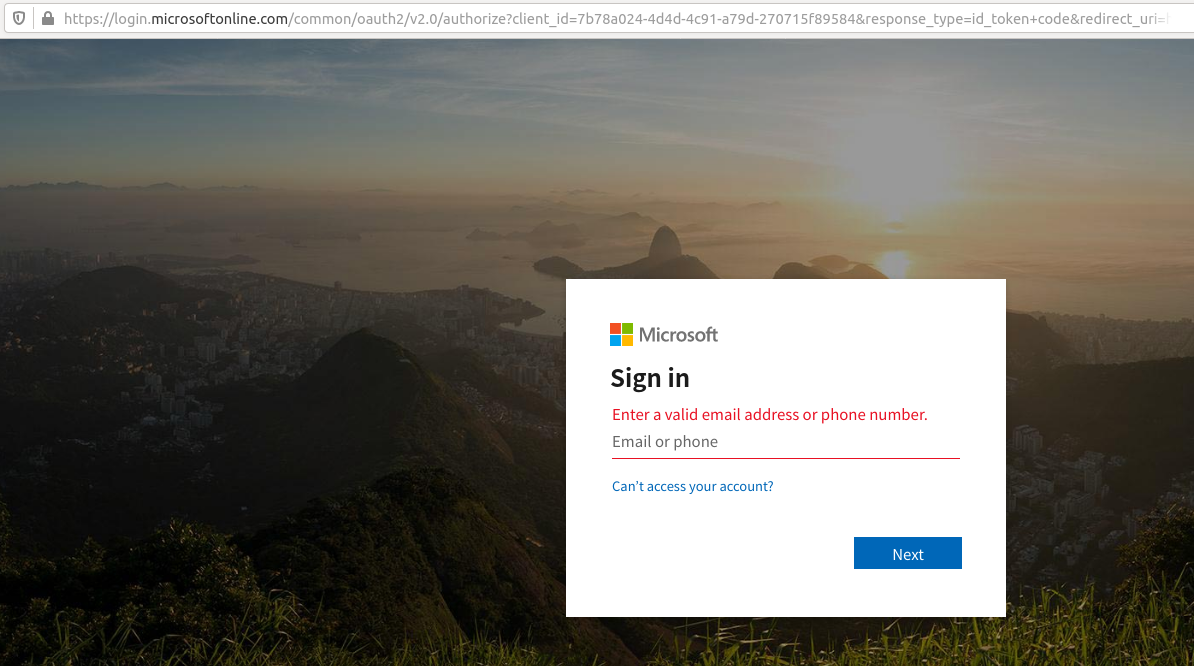
This phishing link asks users to log in at Microsoft’s real Office 365 portal (login.microsoftonline.com).
Only by copying and pasting the link or by scrolling far to the right in the URL bar can we detect that something isn’t quite right:

Notice this section of the URL (obscured off-page and visible only by scrolling to the right quite a bit) attempts to grant a malicious app hosted at officesuited.com full access to read the victim’s email and files stored at Microsoft’s Office 365 service.
As we can see from the URL in the image directly above, the link tells Microsoft to forward the authorization token produced by a successful login to the domain officesuited[.]com. From there, the user will be presented with a prompt that says an app is requesting permissions to read your email, contacts, OneNote notebooks, access your files, read/write to your mailbox settings, sign you in, read your profile, and maintain access to that data.
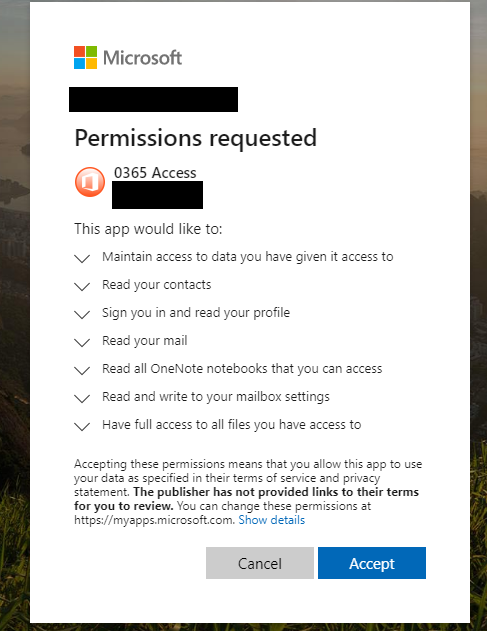
Image: PhishLabs
According to PhishLabs, the app that generates this request was created using information apparently stolen from a legitimate organization. The domain hosting the malicious app pictured above — officemtr[.]com — is different from the one I saw in late December, but it was hosted at the same Internet address as officesuited[.]com and likely signed using the same legitimate company’s credentials.
PhishLabs says the attackers are exploiting a feature of Outlook known as “add-ins,” which are applications built by third-party developers that can be installed either from a file or URL from the Office store.
“By default, any user can apply add-ins to their outlook application,” wrote PhishLabs’ Michael Tyler. “Additionally, Microsoft allows Office 365 add-ins and apps to be installed via side loading without going through the Office Store, and thereby avoiding any review process.”
In an interview with KrebsOnSecurity, Tyler said he views this attack method more like malware than traditional phishing, which tries to trick someone into giving their password to the scammers.
“The difference here is instead of handing off credentials to someone, they are allowing an outside application to start interacting with their Office 365 environment directly,” he said.
Many readers at this point may be thinking that they would hesitate before approving such powerful permissions as those requested by this malicious application. But Tyler said this assumes the user somehow understands that there is a malicious third-party involved in the transaction.
“We can look at the reason phishing is still around, and it’s because people are making decisions they shouldn’t be making or shouldn’t be able to make,” he said. “Even employees who are trained on security are trained to make sure it’s a legitimate site before entering their credentials. Well, in this attack the site is legitimate, and at that point their guard is down. I look at this and think, would I be more likely to type my password into a box or more likely to click a button that says ‘okay’?” Continue reading




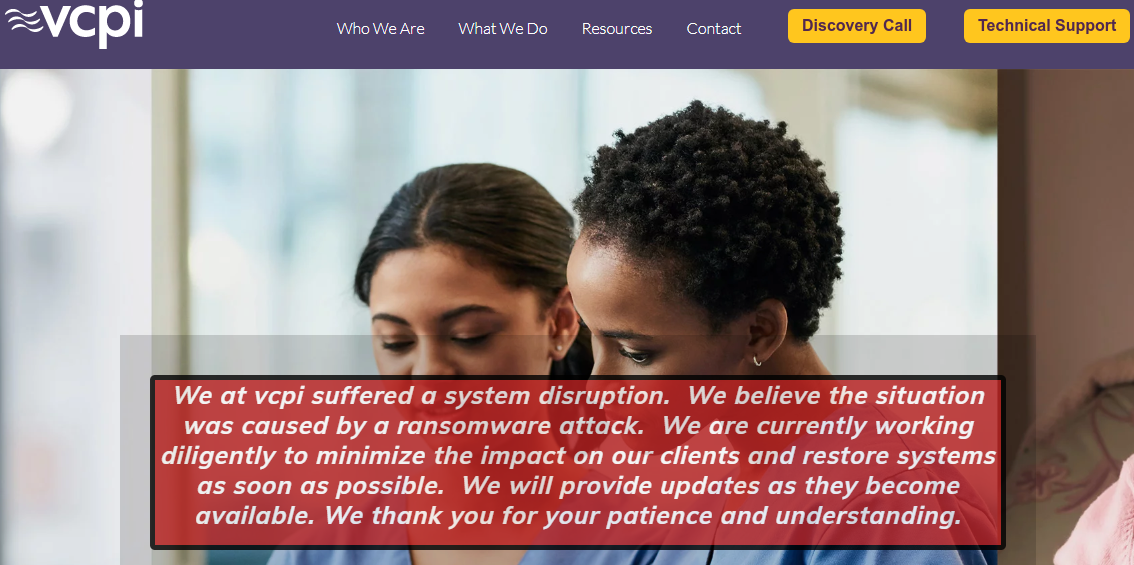
 Stories here have exposed countless scams, data breaches, cybercrooks and corporate stumbles. In the ten years since its inception, the site has attracted more than
Stories here have exposed countless scams, data breaches, cybercrooks and corporate stumbles. In the ten years since its inception, the site has attracted more than 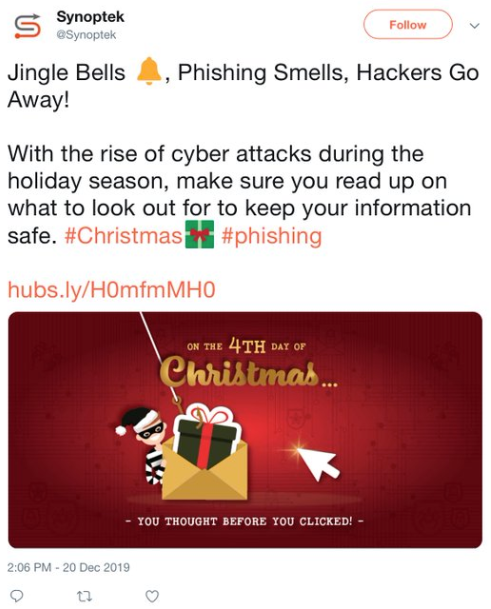



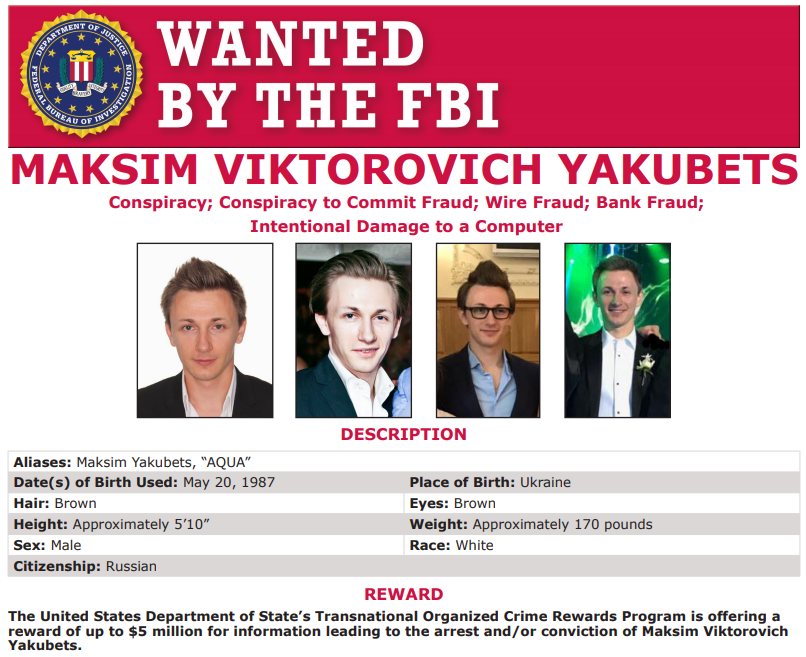
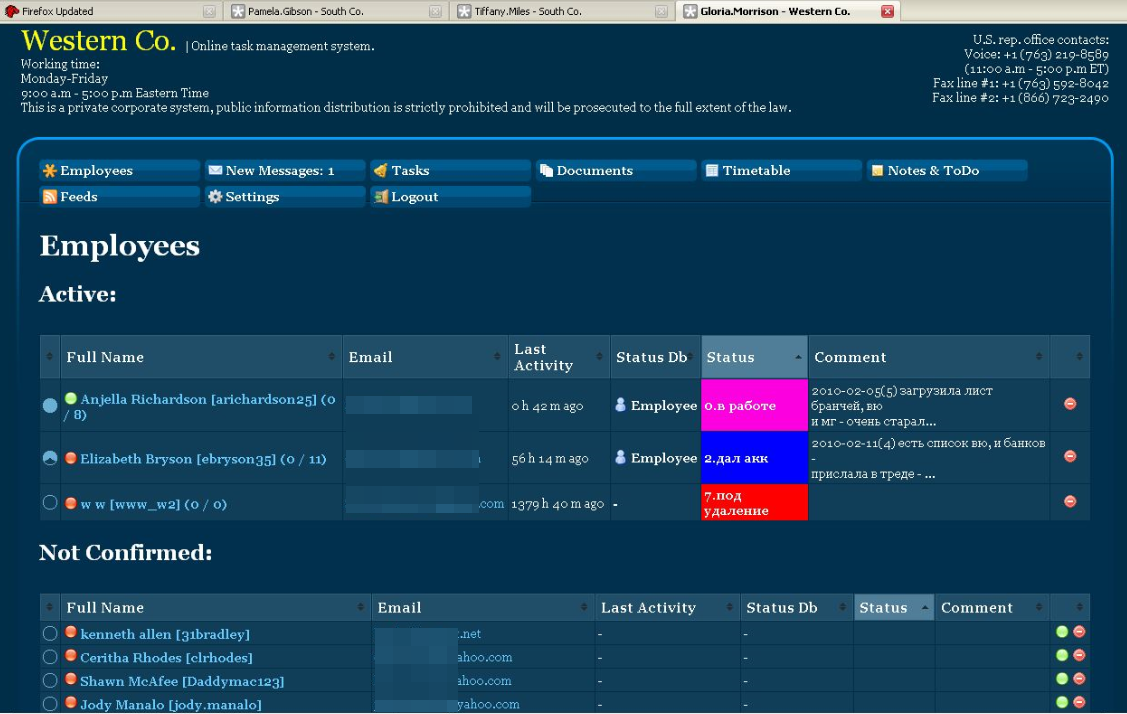
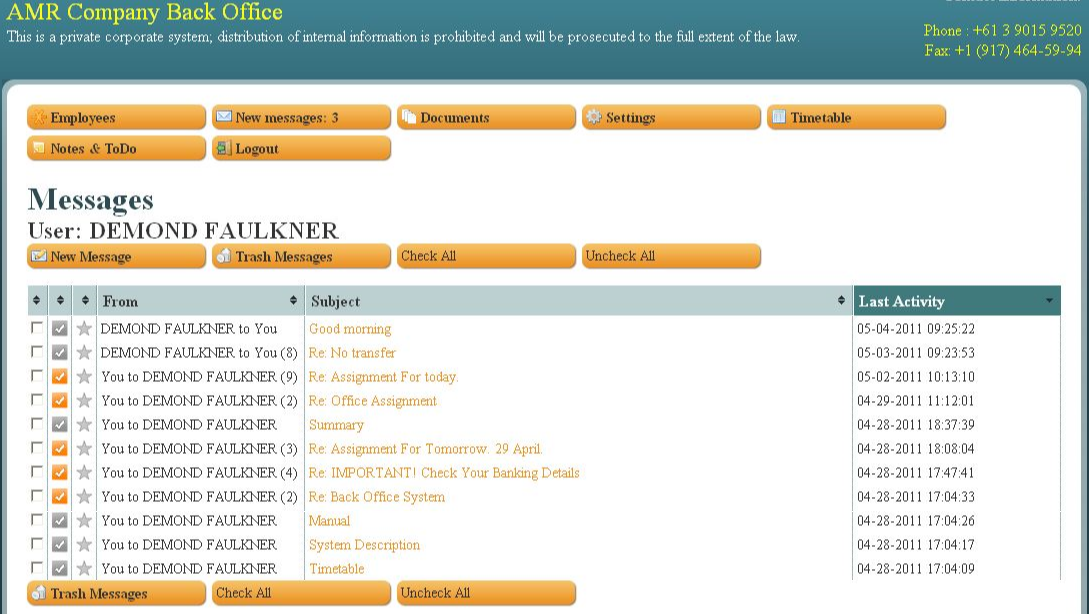

 By nearly all accounts, the chief bugaboo this month is
By nearly all accounts, the chief bugaboo this month is 
